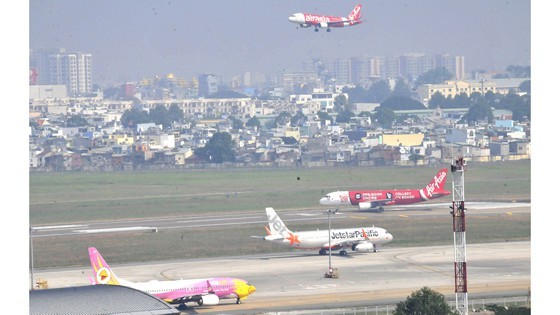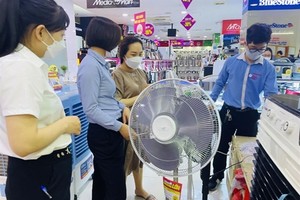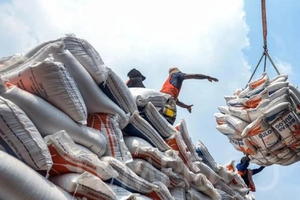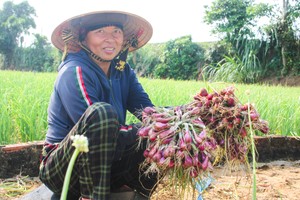
The latest information from the Aviation Administration of Vietnam, the growth rate of the aviation market in 2019 is still 11.8 percent in passengers and 3 percent in goods compared to 2018.
Seeing the market’s huge potential, the government is planning to introduce three more airlines in the near future, bringing the total number of domestic airlines to eight, said Director General of the Civil Aviation Authority of Vietnam (CAAV) Dinh Viet Thang.
This is great news for airline users as greater competition would mean better services and lower ticket prices from airlines. However, many people are concerned about unhealthy competition with the way newer airlines are constantly giving away free tickets as promotion.
However, Thang affirmed that all domestic airlines are still seeing considerable profit, which proves that low ticket prices are an effective strategy that is under control and would not affect the market’s sustainable development.
Commenting on this matter, global airline strategist Professor Nawal Taneja who has studied the Vietnamese aviation market believed lowering ticket prices on a healthy competition basis would do great for market growth. On the contrary, airlines will put an end to themselves if the strategy is exploited to take out competitors.
Management or infrastructure-oriented?
 Passengers checking in at Tan Son Nhat International Airport
Passengers checking in at Tan Son Nhat International Airport
With an expanding market, declining workforce and inadequate infrastructure capacity are the two biggest obstacles for Vietnam’s airline sector, the latter being more pressing and difficult to solve.
Regarding flights slots, the country’s flag carrier Vietnam Airlines is assigned 280 out of the 751 daily slots reserved for domestic airlines. They also have been enjoying all of the facilities offered at every national hub while other airlines struggle to get their piece of the pie.
A spokesperson from Vietjet Air expressed that they have been operating for 8 years without being reserved any infrastructure for maintenance and repair or incentive to perform ground services, which is bound to be a big problem for awaited airlines.
According to aviation experts, Vietnamese airlines will have to apply new technology in management in order to thrive and develop under such circumstances.
With the right software, data and analysis, it is possible to increase the number of flights, resolve congestion and reduce waiting time for passengers without having to increase airport capacity, said Prof. Taneja.
According to CAAV, all current domestic airlines except Vasco recently signed an information sharing agreement which aims to improve operation control, ensure timely execution and better coordination between the airlines at international hubs.
In particular, the coordination between firms and management agencies will enhance the ability to inspect and monitor ground vehicles operating in the apron area and control the status of infrastructure, flight zones and objects. extraterrestrials, birds and wildlife ... contribute to aviation security and safety.
Along with the construction of Terminal T2 at Phu Bai Airport (Hue) last December 29, Airports Corporation of Vietnam (ACV) plans to construct more major projects at Tan Son Nhat International Airport in HCMC and Cat Bi International Airport in Hai Phong City, among others.
Additionally, HCMC People’s Committee has proposed Saint Petersburg as a direct flight destination from Ho Chi Minh City to create incentive for tourism and business, as well as strengthen to bond between Russia and Vietnam.
























